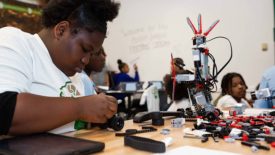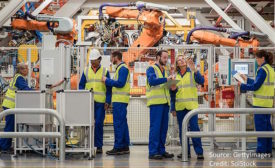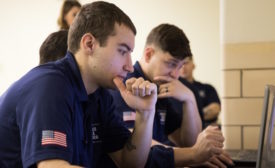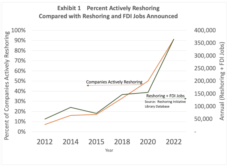Home » skills gap
Articles Tagged with ''skills gap''
Management
We’ll explore what is causing the skills gap, what training programs we should be implementing, how to start, and how we protect the non-digital skills in a growing digital world.
Read More
Quality Headline
SME Announces Partnership with BlueForge Alliance to Build and Strengthen the Manufacturing Workforce
June 6, 2024
ASME Column
Success in Industry 4.0 Requires a Fresh Approach to Learning
These days, engineers must be lifelong learners.
May 28, 2024
Management
Bridging the Gender Gap: Solving the Skilled Labor Shortage
We must highlight the women already leading the charge and the exciting opportunities available, from 3D metrology to data analytics.
May 10, 2024
Management
Students and Educators Prove Quality is Never-ending Learning Process
Continuously learning.
May 1, 2024
Management
Five Questions for Dr. Rochelle Cook
Dr. Rochelle Cook of California State University Dominguez Hills describes her route to quality.
April 22, 2024
Quality Headline
Virginia Professor Danny Murphy Wins Inaugural A3 Educator of the Year Award
April 15, 2024
Quality Headline
Manufacturing Institute Releases Report on Transitioning Military-Affiliated Talent into Manufacturing
February 13, 2024
Stay in the know with Quality’s comprehensive coverage of
the manufacturing and metrology industries.
eNewsletter | Website | eMagazine
JOIN TODAY!Copyright ©2024. All Rights Reserved BNP Media.
Design, CMS, Hosting & Web Development :: ePublishing











